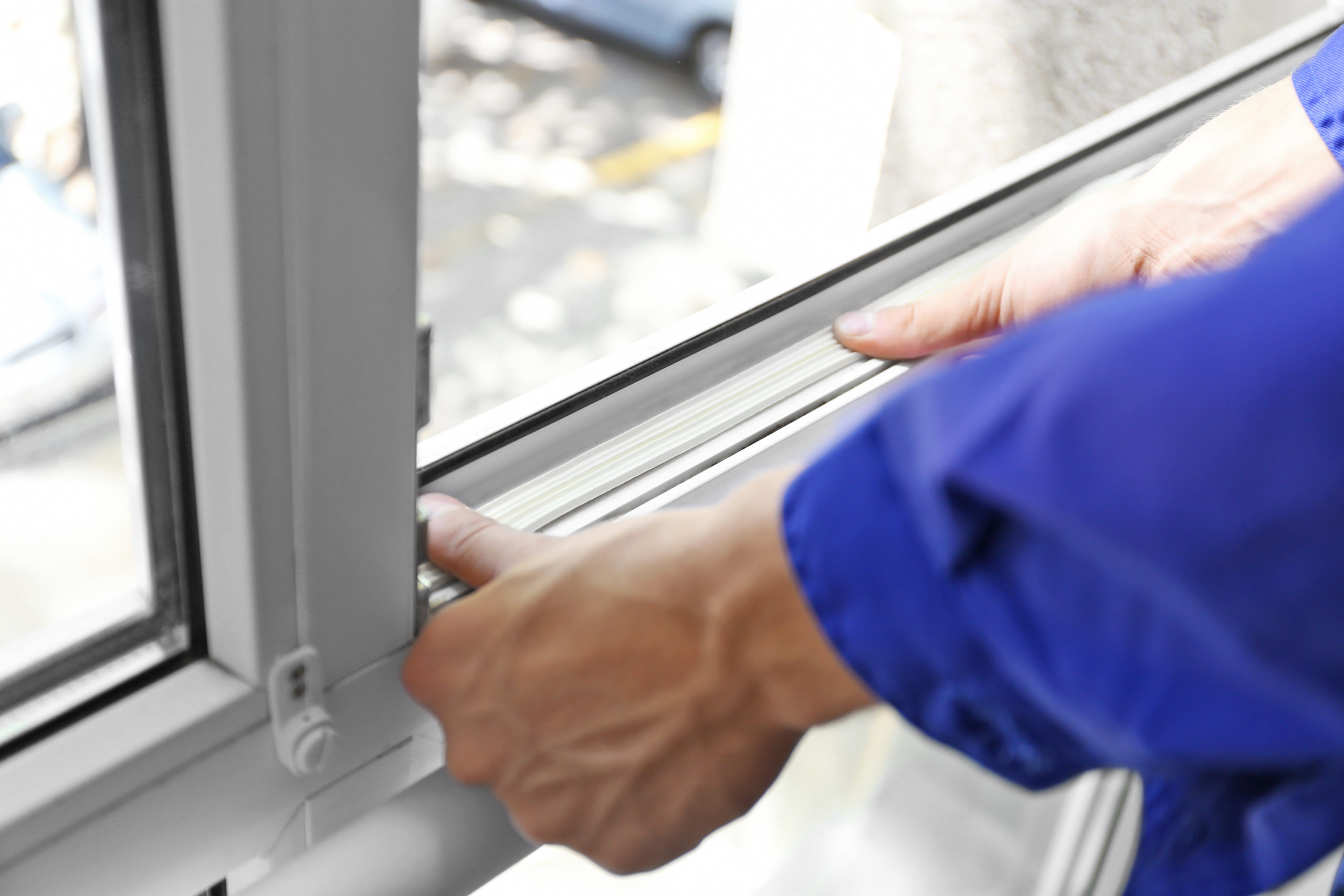The world in which we operate our businesses looks vastly different from what it did a year ago. We feel the effects of COVID-19 in our day-to-day operations, which continue to cause delays to projects and timelines. While we all adapt to our ‘new normal,’ there are best practices to follow for communicating with customers and prioritizing response when customer service issues arise.

Best Practices
- Set consumers’ expectations: Consider forming a COVID clause at the onset of a project (e.g. at contract signing) that clearly states anticipated delivery and installation delays as well as the likelihood that dates will shift. Providing transparency upfront will help prevent frustrations should projects get delayed.
- Create multiple messaging touchpoints: In addition to mailing customer letters, it is important customers receive routine instant messages and updates on the status of their order through email, e-newsletters, text messages or social media accounts. This alleviates pent up customer frustration from uncontrollable delays and gives your business the upper hand throughout the project’s lifecycle.
- Provide frequent updates: Think about when you order a pizza online. How many times do you check the tracker to see the status of your order to put your mind at ease? Consumers want to be informed, especially when they have invested in a larger purchase. It is advantageous to touch base with your customers every couple of weeks – Even if their project status remains the same due to production delays.
- Create resources to address customers’ common concerns: Compile and answer a list of the most-asked questions from customers or include information you want them to know up front (e.g. a FAQ one-sheeter). Many of the customer’s frustrations come from their lack of knowledge and updates on the business process as well as how the virus is impacting timelines.
- Check social media: Complete a daily scan of your social media accounts for any new comments, reviews or messages from customers. Acknowledge the good and the bad with a like or comment, and aim to respond to all comments within 24 hours.

Messaging Techniques
- Make it personal: Use the customer’s name and other project details when communicating to make it feel less like an automated response.
- Be clear and concise: Spare extra details that could cause further confusion.
- Stay positive: Make customers feel at ease and confident with an upbeat tone.
- Come with a solution or next steps: Be prepared to address how you will solve the problem they are facing or outline what you are going to do to determine the solution.
- Avoid the blame game: It is important to cite the source of the problem but placing the blame on someone or something else gives off the impression that you’ve lost control of the situation.
- Be realistic: Don’t make promises you can’t keep to appease a customer. Maintain a well-thought-out plan and timeline that is in accordance with COVID-19 regulations and your business practices.
If you would like to see how these best practices come to life, check out our Online Reputation Management Program and see how we can help you minimize the impact of negative feedback and produce higher customer ratings.

